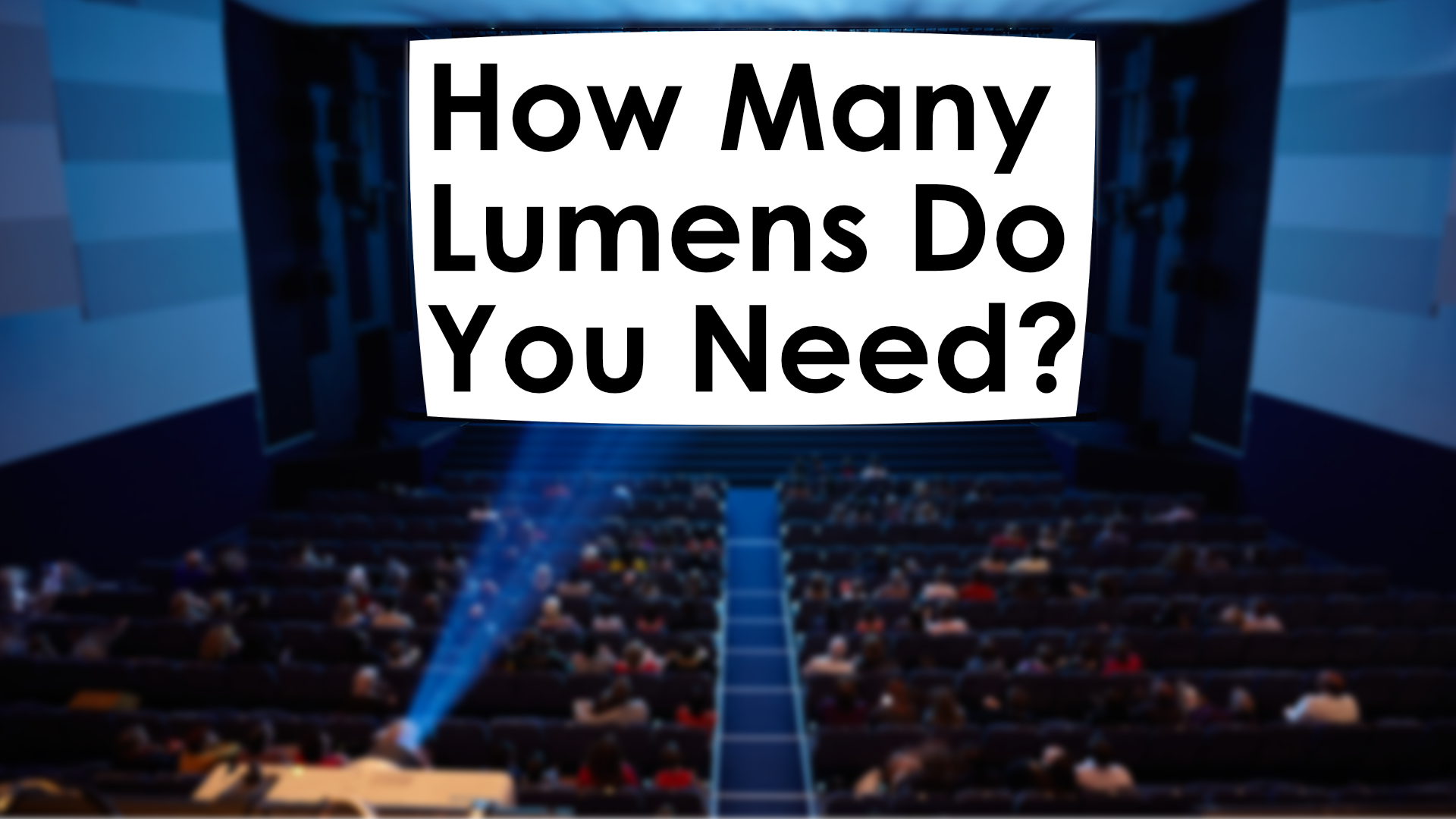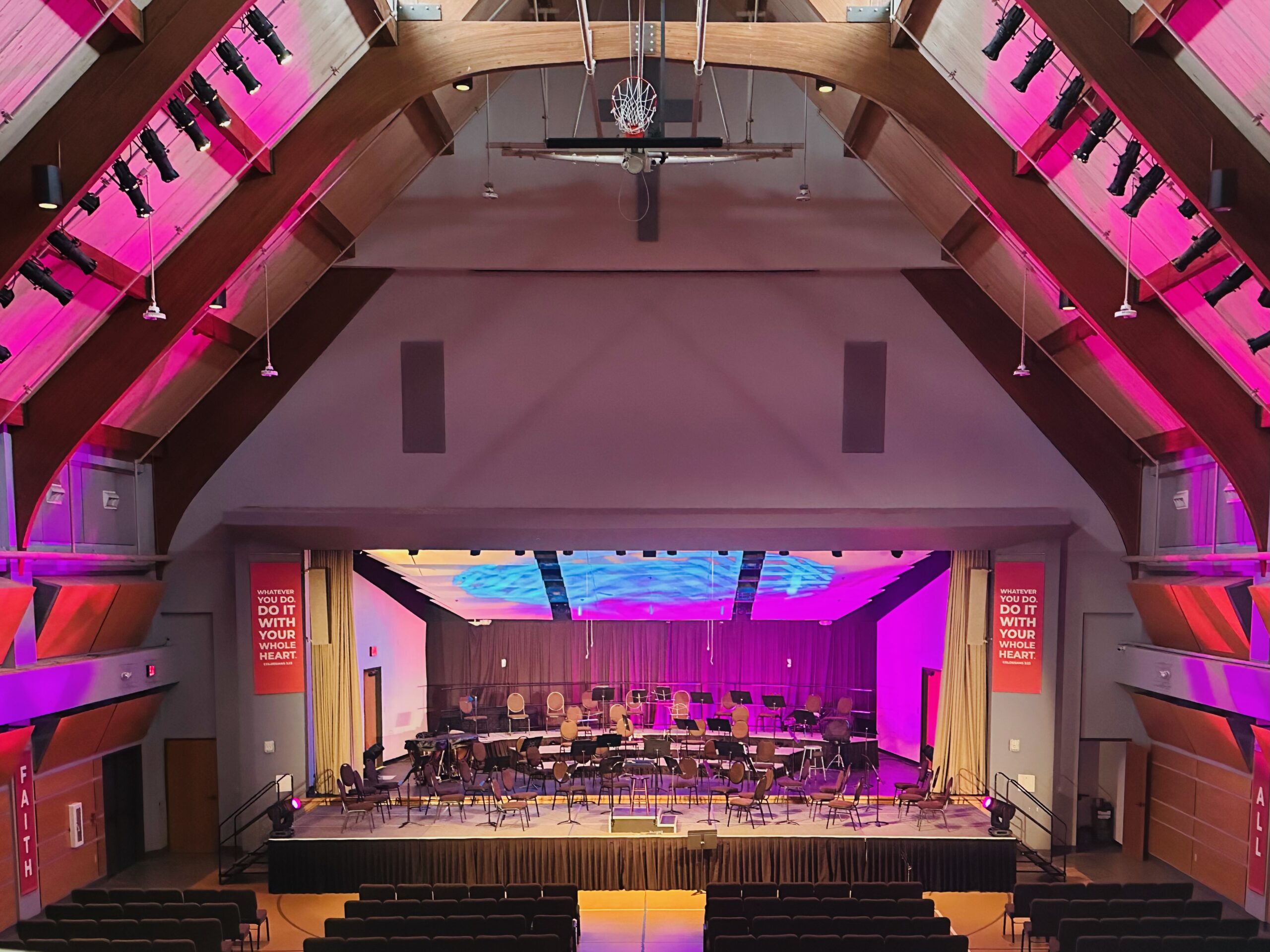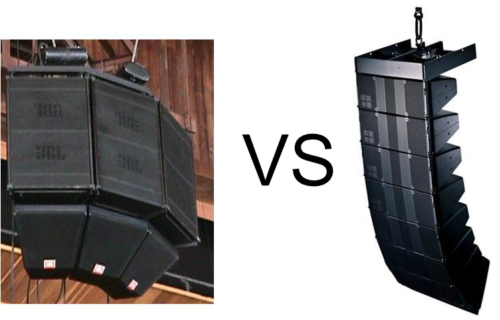

You’re trying to decide on a projector, and the range of brands and models seems extensive. You know how much you want to spend, but have you considered whether that will give you the brightness requirements you may need to cast a good image? There are many factors that go into calculating how many lumens of brightness you may need, and we’re going to figure them out today.
Most people recognize when their projectors are looking dull, dim, and poor. This, however, is after the fact that they may have started with the incorrect amount of lumens for their room in the first place. If you’ve never had a projector in a certain space before, then almost any lumen amount seems to be right if the pocket book is small. Making sure that you have the right amount of brightness from the start will guarantee that you and your audience will appreciate the purchase that you made, and allow for you to enjoy it for a longer time.
When considering how to calculate brightness you must take into account the ambient light in the room, how you control lighting in the room, the screen material, and the type of content that will be displayed. You begin with how large your screen is or needs to be. Understanding the screen height and width will give you the square footage which you’ll need to plug into this formula:
Projector lumens / screen square footage x screen gain = foot-Lamberts
To give you an understanding of foot-Lamberts let’s compare LED Televisions. At most TV’s brightest settings, they range from about 90-120 fL (foot-Lamberts). In contrast, most movie theater screens are at about 15fL. There’s a stark difference, but notice how movie theaters have control over their lighting.
When you consider your own space, you’ll need to take into account how much control over the lighting you have. Though, not a hard and fast rule, your projector should be able to, at least, emit 60 fL of light or more.
Understanding what content will display on your screens plays a part in the brightness making decision. If it’s going to be a lot of text, then you don’t have to worry about a lot of dynamic range in the image. However, if you’re doing IMAG or playing back videos on a regular basis, you’re going to want as much dynamic range in your projector as possible. This leads to the screen material.
There are a lot of screen material types. Matte white being the most common. Manufacturers have come up with, though, ambient-light rejecting options that help increase the dynamic range coming out of the projector. This technology can help increase the quality of the image being displayed. Some manufacturers to consider in screen technology are Da-Lite, Draper, and Screen Innovations. Take into account that this is just a form of technology, and may not work with every kind of projector. You should consult a professional when requesting those kind of materials and screens.
There are no one size fits all solutions for projection (or anything else technological for that matter). One must consider all the before mention factors before you can make an appropriate decision on which projector is the right projector. The one thing you can be for certain, however, is that the brighter the better. You give yourself a real fighting chance knowing that you purchased the brightest projector your money could afford.
If you want, you can always turn the brightness down, but you’ll never be able to get more brightness out of the projector than what it’s rated for. So, get a little more than what you need so you’ll have room to grow.



